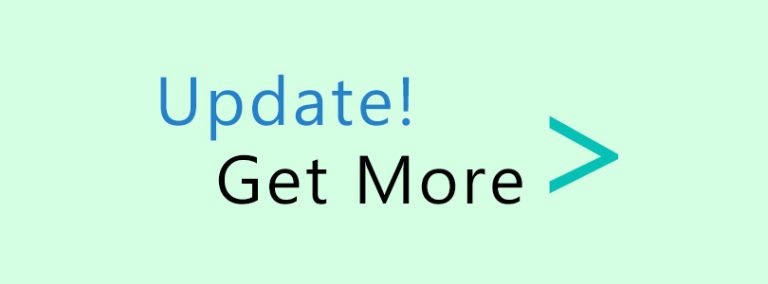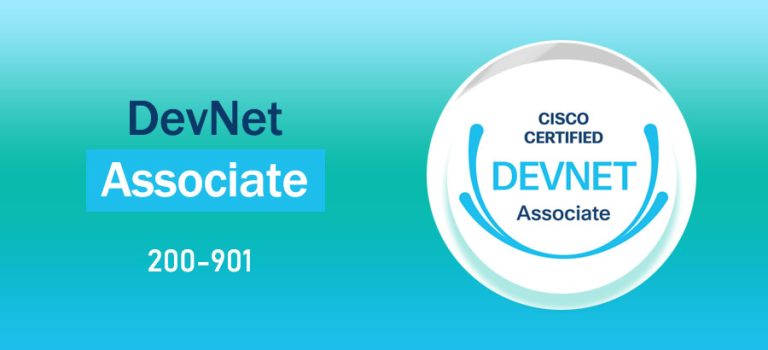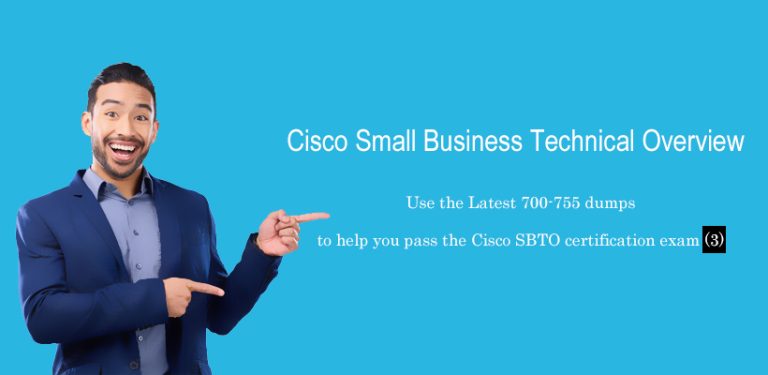If you can get 700 points or above, you can get DP-420 certification, Exam DP-420: Designing and...
You may have missed

6 min read
- 300-720
- 300-720 dumps
- 300-720 dumps
- 300-720 dumps exam questions
- 300-720 dumps pdf
- 300-720 dumps vce
- 300-720 exam questions
- 300-720 exam questions
- 300-720 online practice
- 300-720 practice test
- 300-720 Securing Email with Cisco Email Security Appliance (SESA)
- 300-720 SESA
- 300-720 SESA exam
- Cisco
- Cisco CCNP
- Cisco CCNP Security Exam certification



